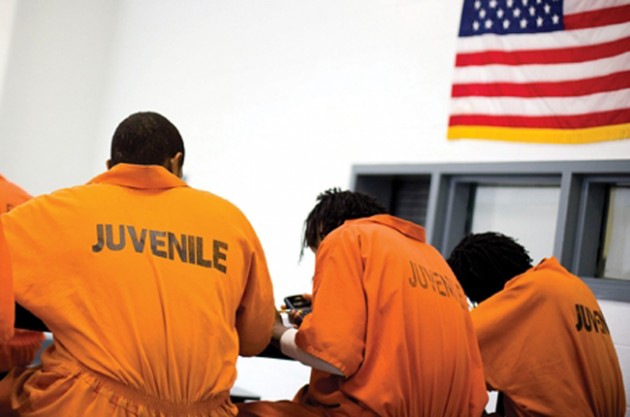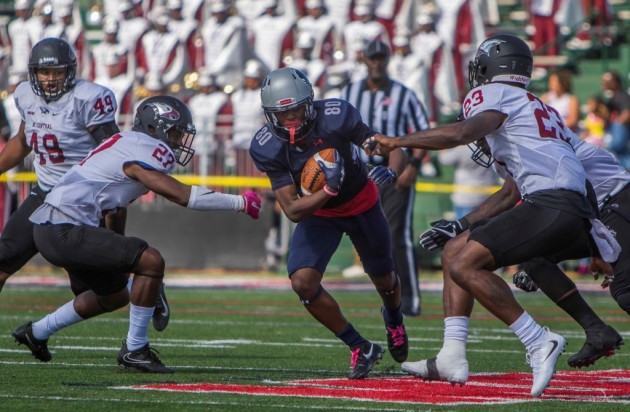New technology is emerging by the second and schools are trying to integrate them into the classroom to enhance the learning experience. Woodrow Wilson High School in Washington, D.C.’s Ward 3 section has taken the necessary steps to insure its students are equipped with resources that will help them be successful in a digital driven society.
Wilson recently underwent a $120 million modernization in August 2011. The modernization of the high school included updates to various parts of the school, but contributed much to the state-of-the art technologies they currently have.
“With the modernization we now have three to four computers in every classroom, new computer labs, flat screen projectors, the entire school is wireless, amongst other things like every teacher having their own laptop” Peter Cahall, Wilson High School’s principal says.
The teachers are utilizing the new technology to better engage with the students using resources they are familiar with. Some of the teachers are already tech savvy and others need training on how to use the new tools by the school’s instructional technologist, David Thompson.
Although the facilities play a major part in education, the curriculum is equally important. Wilson recently revamped their coursework in addition to the multi-million dollar investment in renovations.
Similar to the curriculum at Duke Ellington School of the Arts in Ward 1, Wilson offers studies in digital media. According to Mr. Cahall, the digital media program offers classes that teach students the entire Adobe suite, production basics, and robotics.
Wilson students will be ahead of the curve learning basic media skills before entering college. The new tools and coursework are preparing students to enter science, technology, engineering, and mathematics (STEM) fields post graduation.
In addition, students at Wilson can take classes at colleges like University Maryland Baltimore County to earn credits in STEM related subjects.
“STEM has always been an interest of the students here at Wilson,” Cahall says. “The only difference now is they have the resources and the knowledge to feed that interest.”
Wilson implementing digital media into its curriculum is great, but it is missing one component, social media. Today 95 percent of all teens ages 12-17 are online and 80 percent are using social media sites. But like many other school districts in the country, District of Columbia Public Schools have banned the use of social media within the schools.
This has been an argument amongst teachers and students who think it adds a positive, engaging learning aspect to the classroom and others who think it opens up issues with inappropriate use from both the teachers and students.
“I think that many of our students still use social media and I don’t personally have a problem with it, but it’s just something you have to deal with in following the protocol of the district,” Cahall says.”
Wilson has a lot of upgrades that many other schools are not fortunate enough to have yet. But with the steady changes in technology there will always be room for improvement.
“Something I would like to see in the next couple years are online textbooks,” Cahall says.
Mr. Thompson is thinking even bigger than that.
“I would love to see each and every student with an iPad,” Thompson says. “I also want to implement a virtual classroom where kids that are sick or cannot make to it to school can still attend class from their home.”
With Wilson High School setting the bar for technology and education, it will be interesting to see what other city schools will undergo major renovations and modernizations in the future.


